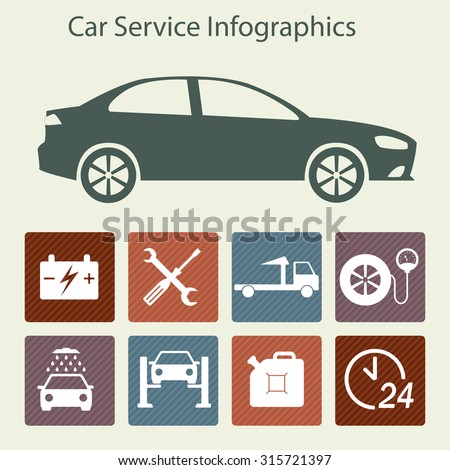Get Ready To Look Into The Basic Actions For Keeping Your Tires And Securing Your Safety And Security On The Highway
Get Ready To Look Into The Basic Actions For Keeping Your Tires And Securing Your Safety And Security On The Highway
Blog Article
Material Composed By-Faulkner Ruiz
Guaranteeing your tires remain in top problem is more than just a regular job-- it's a safety and security crucial for every trip you start. From keeping proper atmospheric pressure to examining for wear and tear, the wellness of your tires directly influences your car's efficiency and your health on the road. But what are the essential actions to take to keep your tires in prime shape? Let' vehicle safety inspection out the important aspects of tire maintenance that you shouldn't overlook.
Perks of Routine Tire Maintenance
Normal tire maintenance uses a variety of benefits that can enhance your driving experience and ensure your security on the road. By maintaining your tires effectively blew up, you boost fuel efficiency, saving you cash at the pump.
Properly maintained tires likewise give far better grip, minimizing the risk of crashes, particularly throughout severe climate. Correctly lined up and balanced tires result in a smoother ride, lessening resonances and improving general car handling.
Consistently turning your tires promotes even walk wear, extending their lifespan and conserving you from premature substitutes. Furthermore, maintaining the appropriate tire stress can protect against blowouts and flats, minimizing the opportunities of unanticipated failures when driving.
Tire Evaluation Guidelines
When evaluating your tires, it's critical to take notice of various crucial aspects to guarantee they're in optimum condition for secure driving. Start by checking the tire pressure making use of a pressure gauge to guarantee it matches the producer's recommended level.
Evaluate the tread deepness by placing a penny upside-down right into the tread grooves; if you can see every one of Lincoln's head, it's time for new tires. Look for any type of indicators of irregular wear, which may suggest positioning concerns or inappropriate inflation.
Check for cuts, protrudes, or cracks on the tire sidewalls, as these can result in blowouts. Additionally, check out the tire shutoffs for damage or leaks. Keep in mind to check all 4 tires, including the spare if relevant.
Proper Tire Turning Techniques
To make certain even use and extend the life expectancy of your tires, it's necessary to adhere to appropriate tire turning methods. Regular tire turning aids distribute use uniformly across all four tires, promoting longer walk life and enhancing overall performance. Beginning by inspecting your car's manual for the suggested turning pattern. Commonly, front-wheel-drive, rear-wheel-drive, and all-wheel-drive cars have different rotation patterns to account for differing wear patterns.
For the majority of cars, the suggested tire rotation interval is every 6,000 to 8,000 miles, but this may vary, so it's important to consult your handbook.
When turning your tires, switch the front tires with the back tires, moving the left back tire to the left front position and the other way around. Bear in mind to also go across the rear tires to the opposite sides when moving them to the front. This straightforward yet efficient turning method helps guarantee that all tires put on uniformly, maximizing their life-span and maintaining ideal efficiency.
Final thought
Make sure to prioritize routine tire maintenance to maintain your car running efficiently and safely. By complying with Continue Reading and correct rotation methods, you can extend the life expectancy of your tires, improve fuel effectiveness, and improve general efficiency when driving. Do not forget automobile brake repair of dealing with your tires - it's a little effort that can make a huge distinction in your driving experience.
